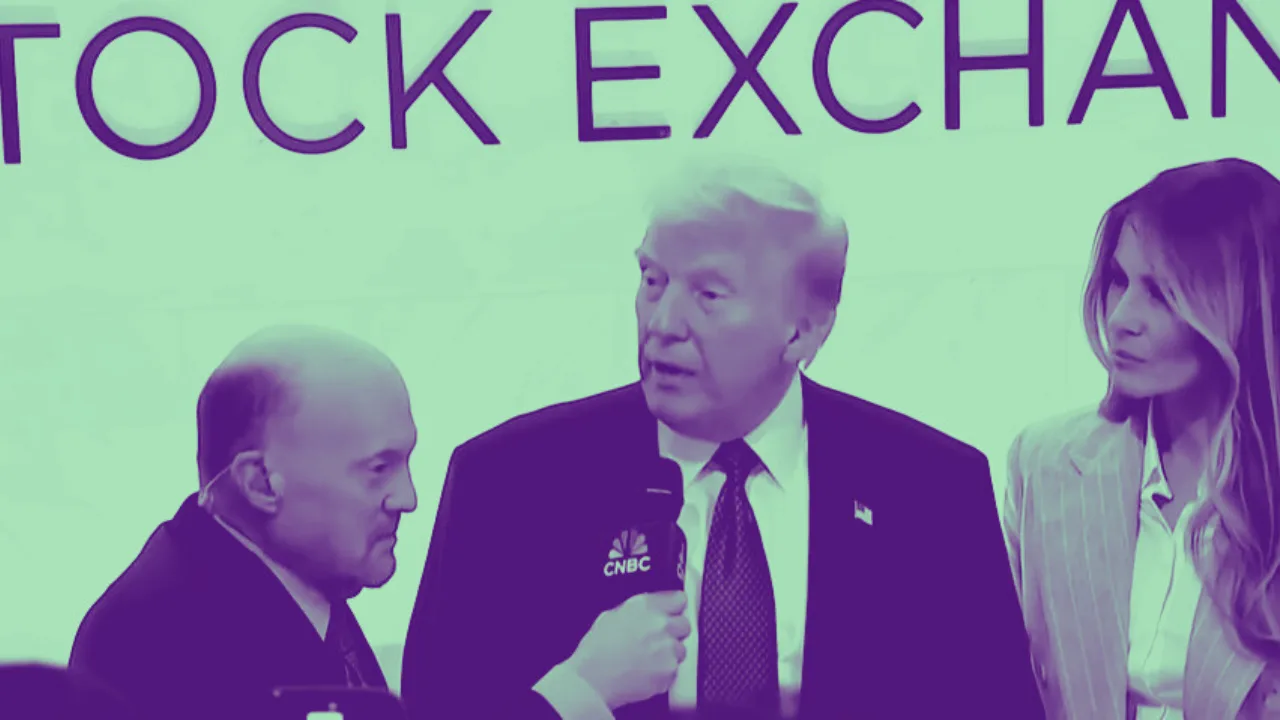At the end of 2024, many experts believed 2025 would bring another banner year for stocks. Strong momentum from artificial intelligence breakthroughs, expectations of Federal Reserve rate cuts, and a pro-growth push from Washington were supposed to drive equity markets higher.
But just three months into the new year, the market outlook has shifted sharply. Several core assumptions behind the bull case have already broken down, and investors may need to reassess their strategy—fast.
Three Reasons the Bull Case Is Breaking
1. The AI Surprise Wasn’t What Investors Hoped For
Artificial intelligence did deliver a surprise—but not the kind investors wanted. Instead of a major tech company unlocking significant profitability from AI investments, the biggest disruption came from abroad. A Chinese AI firm, DeepSeek, revealed models that were both energy-efficient and highly accurate, potentially undercutting the technological edge of U.S. giants like OpenAI, Microsoft, and Nvidia.
This development has rattled the narrative that American tech is far ahead of the global curve, and it has sparked concern that billions in AI infrastructure spending may not yield the profits investors were counting on.
2. Trump’s Return to Tariffs and Policy Chaos
Many anticipated that a second Trump administration would mirror the market-friendly stance of his first term—tax cuts, deregulation, and a “Trump put” that cushioned market volatility. Instead, what we’re seeing is a White House embracing aggressive tariffs, including a controversial 25% levy on foreign-built cars, while offering little in the way of meaningful deregulation or economic clarity.
This erratic approach has caused uncertainty among businesses and consumers alike. April 2 has been dubbed “Liberation Day” by the administration, but it’s unclear what that really means for policy. The result? Widespread hesitation in corporate investment and hiring.
3. The Fed Has Hit Pause—and May Hike Instead
The Federal Reserve’s stance has become increasingly hawkish. January’s hot inflation data halted any talk of imminent rate cuts, and Fed officials, including Chicago Fed President Austan Goolsbee, have suggested that rising inflation expectations could lead to hikes—not cuts.
While markets still expect some easing later this year—CME FedWatch currently puts the odds of a rate cut by June at 57.6%—Fed rhetoric hasn’t supported that optimism. The central bank seems paralyzed between weak growth and stubborn inflation.
A Market in Retreat
Unsurprisingly, markets are reacting. The S&P 500 has fallen 7.3% from its February peak, while the Nasdaq Composite—home to the Magnificent Seven tech giants—has plunged over 12%. That’s not just a blip; it’s a sign of fading investor confidence.
Strategists are scrambling to lower their targets. Barclays recently cut its year-end S&P 500 forecast from 6500 to 5900. Meanwhile, retail sentiment has turned sharply negative: more than 50% of investors polled in the AAII sentiment survey have been bearish for five consecutive weeks—the longest streak since October 2022.
Historically, this level of fear can signal a buying opportunity. As DataTrek’s Nicholas Colas notes, “ ‘Fear selling’ is easy; ‘fear buying’ to get back in is hard.” But while a bounce may be coming, the fundamental pillars that supported the market are weakening.
Why “Buy the Dip” Might Be Over
For years, investors thrived on a simple mantra: buy the dip. That strategy worked in a low-inflation, low-rate, high-growth environment. But today’s backdrop is different.
The renewed focus on tariffs is particularly damaging. Unlike Trump’s first term—when tariffs were paired with tax cuts and strong GDP growth—this time they seem to stand alone, acting as a tax on consumers and a drag on corporate earnings.
In fact, the Conference Board’s consumer confidence index has now declined four months in a row. Corporate America is pulling back too: Airlines are cutting forecasts due to weak travel demand, especially among budget-conscious consumers. FedEx, Walmart, and Nike have all disappointed investors with cautious guidance.
Are Earnings Estimates Still Too High?
The market may still be pricing in too much optimism. S&P 500 earnings are projected to hit $268.77 this year—up more than 10% from 2024—but some strategists believe that’s unrealistic. Lawrence McDonald of the Bear Traps Report suggests a more likely figure is $230.
At current prices, that would place the S&P 500’s P/E ratio near 25x, a steep valuation that assumes continued growth and margin expansion. If the economy slows further, those assumptions could be shattered.
The Fed and Big Tech: No Longer Market Superheroes?
Investors have long leaned on two pillars: the Federal Reserve and Big Tech. But both are now showing signs of weakness.
The Fed, constrained by sticky inflation and political pressure, is unlikely to come to the rescue. Meanwhile, tech giants like Microsoft, Apple, and Amazon have poured trillions into AI development without clear paths to profit.
Some analysts, like McDonald, compare the current AI boom to the shale revolution: huge spending driven by excitement, followed by years of underperformance. If this comparison holds, tech could drag on the broader market for years.
And because the Magnificent Seven dominate the indexes, any weakness in their earnings can send shockwaves through the market.
Is It Time to Diversify Into Overlooked Sectors?
This moment could mark a turning point. Investors may want to revisit sectors that have been neglected for years—like energy, materials, and industrials—which tend to outperform in inflationary, late-cycle environments.
These “old economy” stocks may provide a hedge against the high concentration risk in tech and could benefit from reshoring, infrastructure spending, and elevated commodity prices.
The Bottom Line: Be Cautious and Selective
Markets move in cycles, and this one may be approaching its end. The factors that fueled the post-pandemic bull run—easy money, tech dominance, and geopolitical stability—are no longer in place.
President Trump has made it clear that he’s willing to reshape the U.S. economy, even if it brings short-term pain. Investors would be wise to take him at his word.
Rather than buying every dip, it might be time to sell the rips and prepare for a more volatile, policy-driven market environment.





